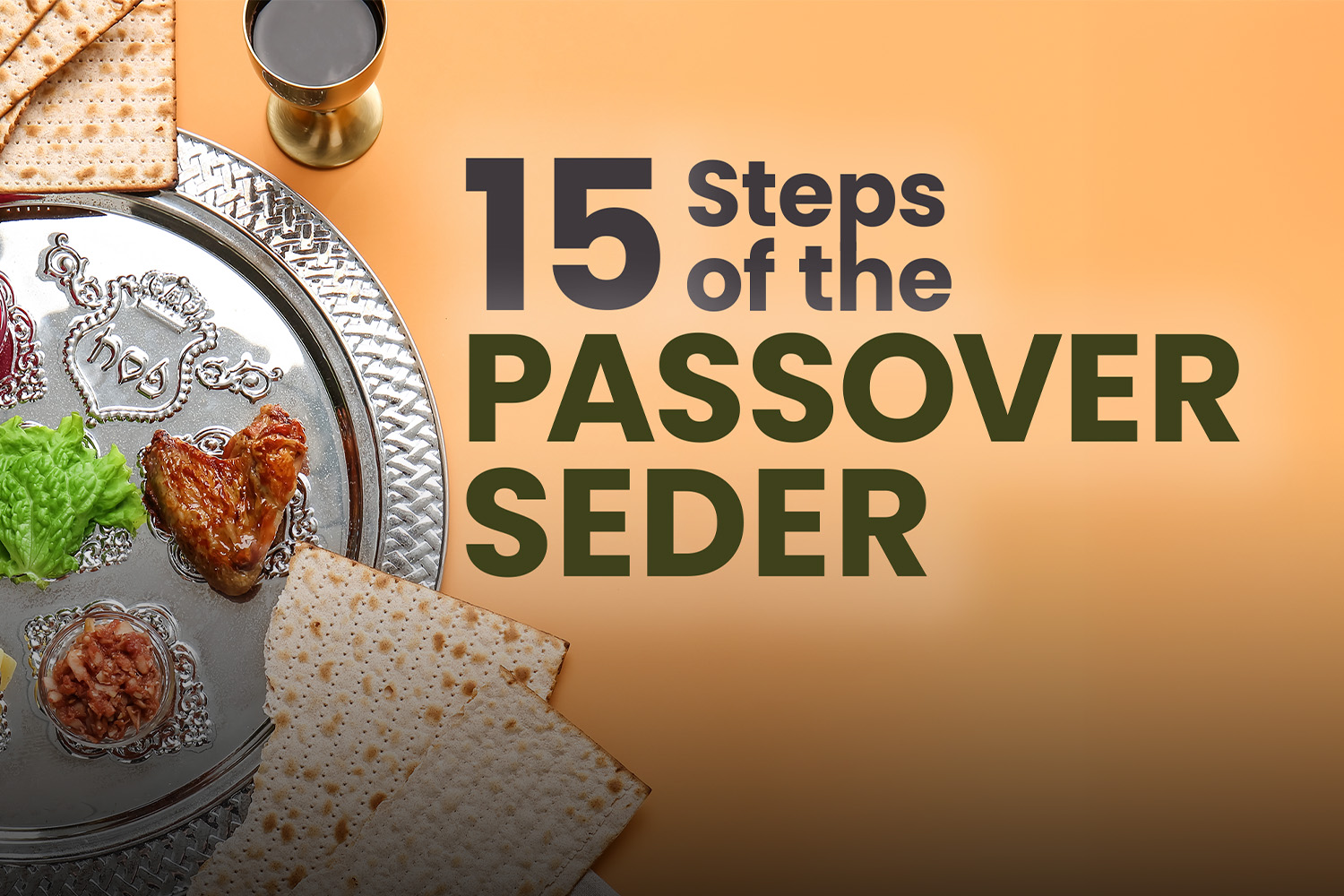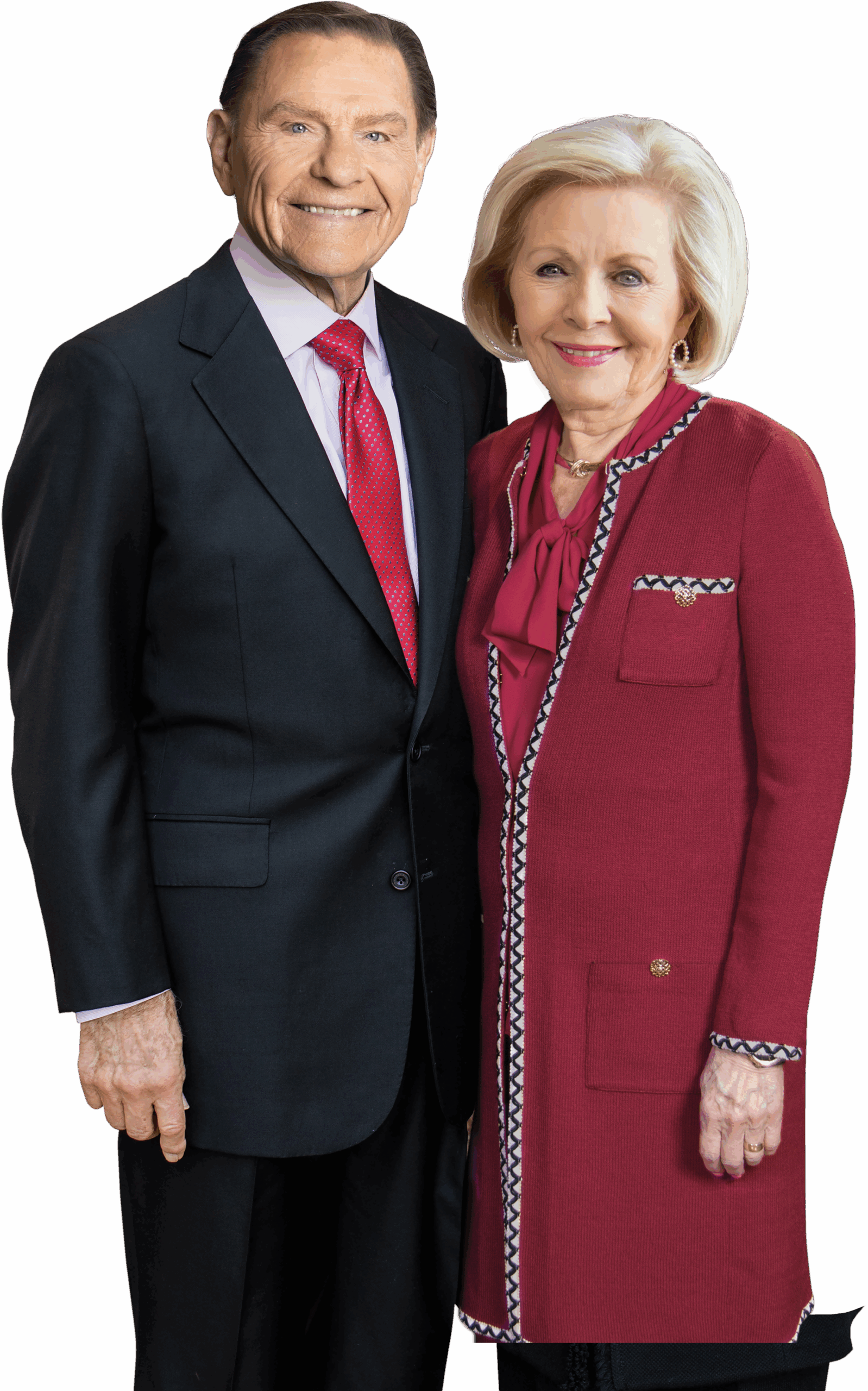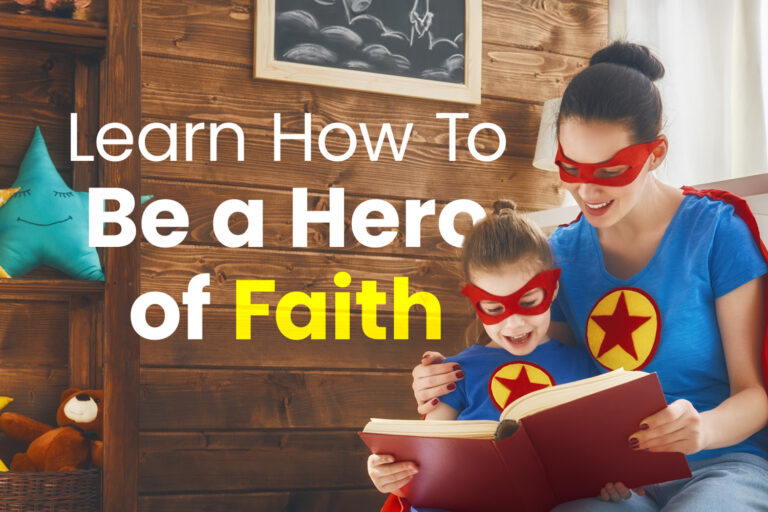Learn why celebrating the 15 Steps of the Passover Seder is a powerful reminder for Christians.
What are your favorite family traditions surrounding sacred Christian holidays like Easter, Thanksgiving and Christmas?
For the Jewish people, one of their hallowed traditions is the Passover Seder—a God-given and God-ordained 15-step feast commemorating the anniversary of the nation of Israel’s exodus from Egypt more than 3,000 years ago. While the week of Passover lasts for eight days, the Seder is held after nightfall on the first night of Passover—or on the first and second night if you live outside Israel. The week of Passover typically falls in April on our modern calendar.
Click the video below to watch Pastors George and Terri Pearsons and their guests at Eagle Mountain International Church and experience the tastes, sounds and sensations that have been with the Jewish people for thousands of years by participating in these 15 Steps of the Passover Seder.
What Does “Seder” Mean?
The word Seder means “order,” and there is an order to the evening’s commemorative feast. The Seder incorporates several activities from reading to telling stories, eating special foods and singing.
For the meal, guests enjoy four cups of wine, vegetables dipped in saltwater, matzah crackers, bitter herbs, romaine lettuce and charoset (a paste of nuts, apples, pears and wine)—all served on a ceremonial plate. When Eagle Mountain International Church celebrates the Passover Seder, grape juice is substituted for wine, as drinking alcohol is not a recommended spiritual practice for Christians, who are to drink the new wine of the Holy Spirit (Ephesians 5:18).
Why Does the Passover Seder Matter to Christians?
For the Jew, the Seder reminds them of deliverance from Egypt, a place in the Bible that signifies the world or worldliness. They remember the blood of the lamb spread over the doorposts of their homes, protecting their firstborns from death (Exodus 11-12).
For you, the Christian, the Seder serves to remind you of your deliverance from sin and death by the blood of the Lamb—Jesus (1 Peter 1:18-19).
Pastor Terri Pearsons says, “Jesus is in every part of the Passover Seder, just as He is in every part of the Old Testament. By not looking into all the scriptures associated with the Passover Seder and seeing the treasures of Christ in those verses, you are cheating yourself out of greater revelation and understanding.”
To learn even more about the treasures of Jesus in the Seder, read 8 Reasons Why the Passover Seder Matters to Christians.
Step 1: Kadesh—Making Kiddush
The Seder service begins with the recitation of kiddush, a prayer of sanctification proclaiming the holiness of the holiday. It includes the words, “Blessed are you, God, our Lord, King of the universe,” and it is said while holding a cup of wine (or grape juice), the first of the four cups to be drunk while reclining—a posture symbolizing the freedom that is maintained throughout the Seder.
Step 2: Urchatz—Washing the Hands
It was during the urchatz that Jesus washed the feet of His disciples, setting an example of how you are to serve one another. During a modern-day Seder, the urchatz is observed by everyone washing their hands as one typically does before a meal.
Step 3: Karpas—Dipping Vegetables
This step in the Seder requires parsley to be dipped in salt water. The parsley represents the hyssop (a bitter herb) used to apply the blood to the doorposts of the Israelite’s doorframes in Egypt (Exodus 12:13-28). The saltwater represents the tears they cried as they endured suffering and pain.
Step 4: Yachatz—Breaking of the Matzah
There are three matzah crackers on the ceremonial plate representing Abraham, Isaac and Jacob. The middle matzah, representing Isaac, is broken into two pieces, recalling Isaac’s willingness to potentially sacrifice himself (Genesis 22). The smaller piece of the two is returned to the plate to be eaten later in the Seder. The larger piece is carefully wrapped and hidden for children to find later and use in the Tzafun (Step 12).
Step 5: Maggid—Telling the Story
The second glass of wine is poured and the Haggadah tells the story of the Exodus from Egypt. It includes 1) a brief narrative of how Abraham rejected idolatry and converted to worshipping God, 2) a description of the suffering imposed upon the Israelites, 3) a listing of the plagues and 4) an enumeration of the miracles performed by God to redeem His people. It concludes by thanking God for having set His people free from Egypt and praying for their final redemption.
Step 6: Rachtzah—Washing Before the Meal
After concluding the first part of Haggadah (Step 5) by drinking the second cup of wine, the hands are washed again, this time with customary blessings, as is usually done before eating bread.
Step 7: Motzi—Speaking a Blessing
Steps 7 and 8 are often combined. Taking hold of the three matzahs, with the broken one between the two whole ones, the Hamotzi blessing is recited. Hamotzi is Hebrew for “He who brings forth.” Then letting the bottom matzah drop back onto the ceremonial plate and holding the top whole matzah with the broken middle one, another blessing is recited—the al achilat matzah.
Step 8: Matzah—Eating the Matzah
The al achilat matzah: “Blessed are You, God, our Lord, King of the universe, who brings forth bread from the earth. Blessed are You, God, our Lord, King of the universe, who has sanctified us with His commandments and commanded us concerning the eating of matzah.”
After reciting of the al achilat matzah, breaking a bit of the upper matzah and from the middle matzah, each person eats two pieces together.
Step 9: Maror—Tasting the Bitter Herbs
In this step of the Seder, each person takes at least one of the bitter herbs and dips it into the charoset twice—the paste of nuts, apples, pears and wine—symbolizing the depth of bitterness the Israelites felt (Exodus 1:13-14). Then they shake the charoset off and recite another blessing, al achilat maror.
Step 10: Korech—Eating the Sandwich
Each person receives a small amount of maror and an additional matzah to make a sandwich. The sandwich of matzah and maror is dipped in charoset.
Step 11: Shulchan Orech—Serving the Passover Feast
When God instructed Israel to spread the blood of the lamb over the doorpost, He also told them to serve the animal as a meal (Exodus 12:8-10). This step is begun by eating a hard-boiled egg dipped into salt water. Traditionally associated with mourning, the egg reminds everyone that their meal lacks the sacrificial lamb. Though there is zeroa—a leg of lamb, chicken leg or neck on the plate—it is not eaten during the Seder because it represents sacrifice.
Step 12: Tzafun—Finding What’s Hidden
After the meal, the children search for the half matzah that had been hidden, symbolizing the idea that God’s people are to seek out spiritual truth that may be hidden and not readily apparent. Tzafun means “hidden.” Once found, it is then eaten, symbolizing the lamb eaten by generations of ancestors at the end of their Passover Seders.
Step 13: Beirach—Blessing After the Meal
In this step, the third cup of wine is filled and birkat hamazon—grace after meals—is recited. “You shall eat and be satisfied and bless the Lord your God.” Afterward, the cup of Elijah is filled, as well as each person’s attending the Seder. A passage is read, and the door is opened to invite the Prophet Elijah to foretell of the coming Messiah—who is Jesus.
Step 14: Hallel—Singing Songs of Praise
Nearing the end of the Seder, having recognized Almighty God and His guidance of the Jewish people, He is praised in song as Lord of the entire universe. Songs are sung from the Hallel, which is Psalms 113-118. Then a blessing is spoken again over the fourth cup of wine before drinking it.
Step 15: Nirtzah—Acceptance by God
Nirtzah means “parting.” Therefore, having carried out the Passover Seder properly and knowing it has been well received by the Almighty, everyone concludes saying in Hebrew, “Next year in Jerusalem.”
The 15 Steps of the Passover Seder put both Jews and Christians in remembrance of God’s faithfulness to deliver his people. For the Jew, it reminds them of deliverance from Egypt and the blood of lamb over their doorposts, and for you, as a Christian, it reminds you of your deliverance and redemption from sin and death by the blood of the Lamb—Jesus.
Learn more about The First and Second Passovers of Jesus with Kenneth Copeland and Greg Stephens.
Related Articles:
Memorable Moments from KCM’s First-Ever Tour of Israel
© 1997 – 2025 Eagle Mountain International Church Inc., DBA Kenneth Copeland Ministries. All Rights Reserved.





